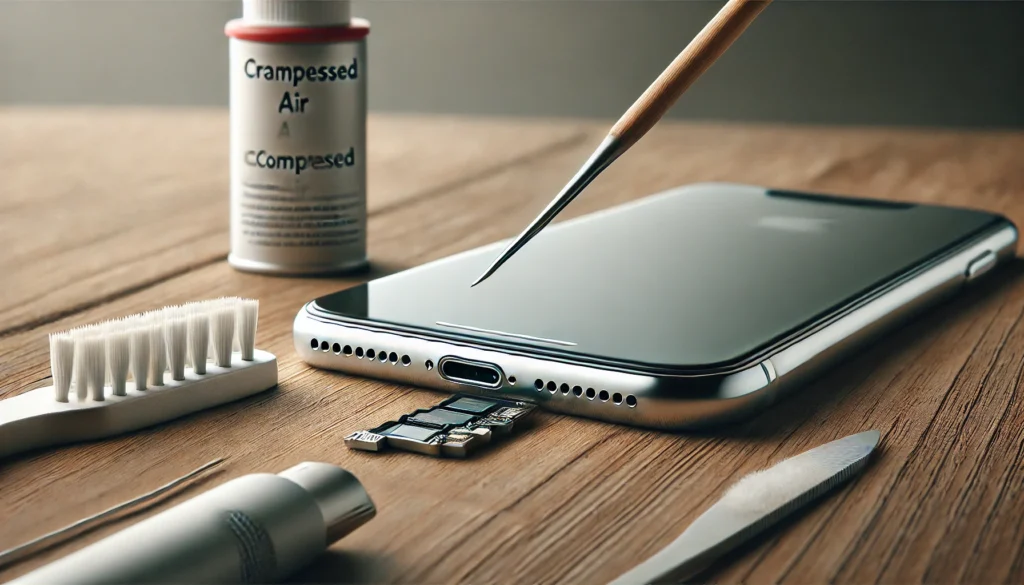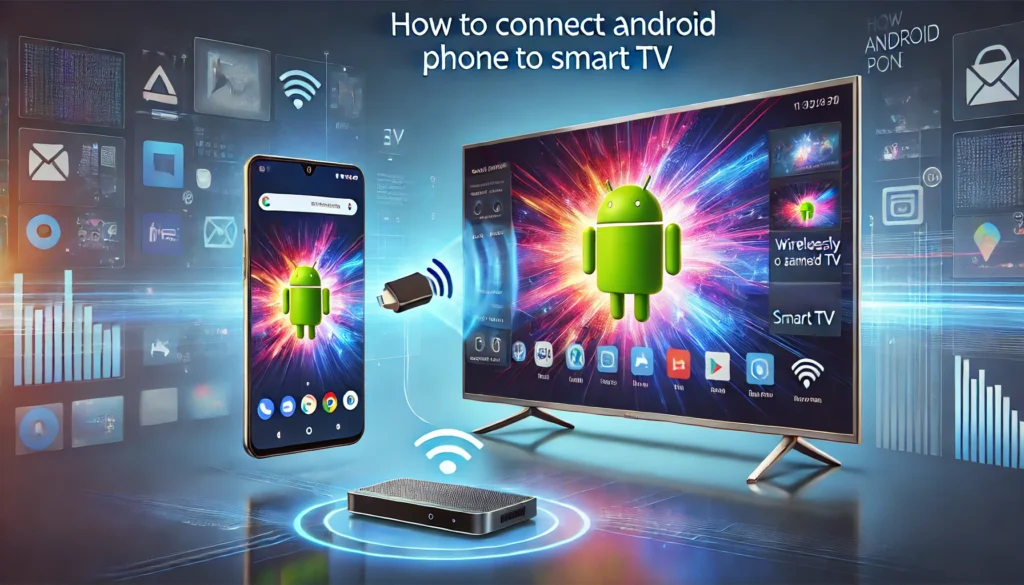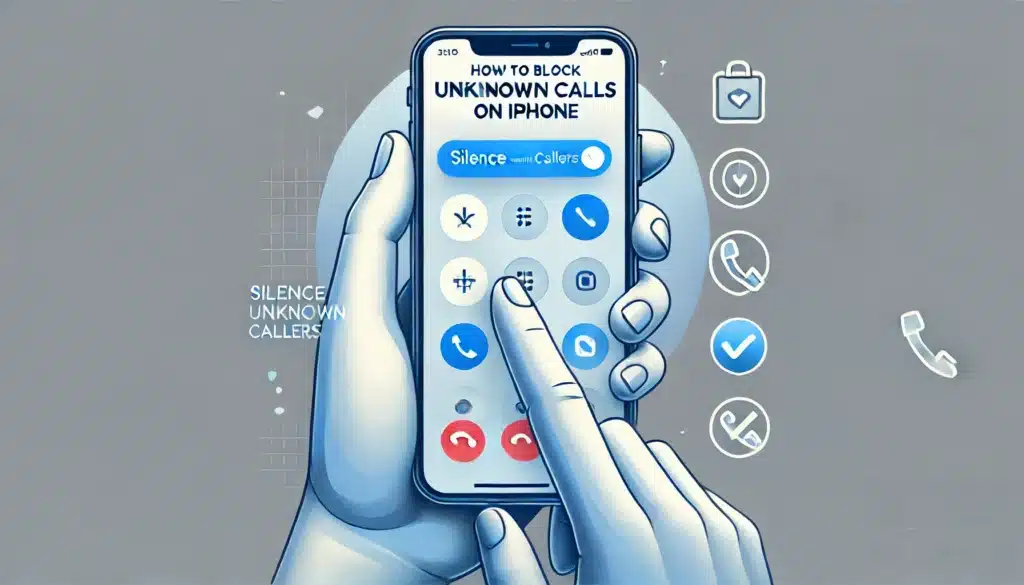How to Clean Your iPhone Charging Port for Optimal Performance
If you’ve ever experienced charging issues with your iPhone, you might be overlooking one of the most crucial yet often neglected parts of your device: the charging port. Cleaning your iPhone charging port is a simple task that can save you from frustrating charging problems and even extend the life of your device. Over time, dust, lint, and other debris can accumulate inside the charging port, obstructing the connection between your charging cable and the device, leading to slow charging speeds, intermittent charging, or even complete failure of the port. In this detailed guide on how to clean your iPhone charging port, we will walk you through every essential step to ensure your charging port stays free from debris and operates at peak efficiency.
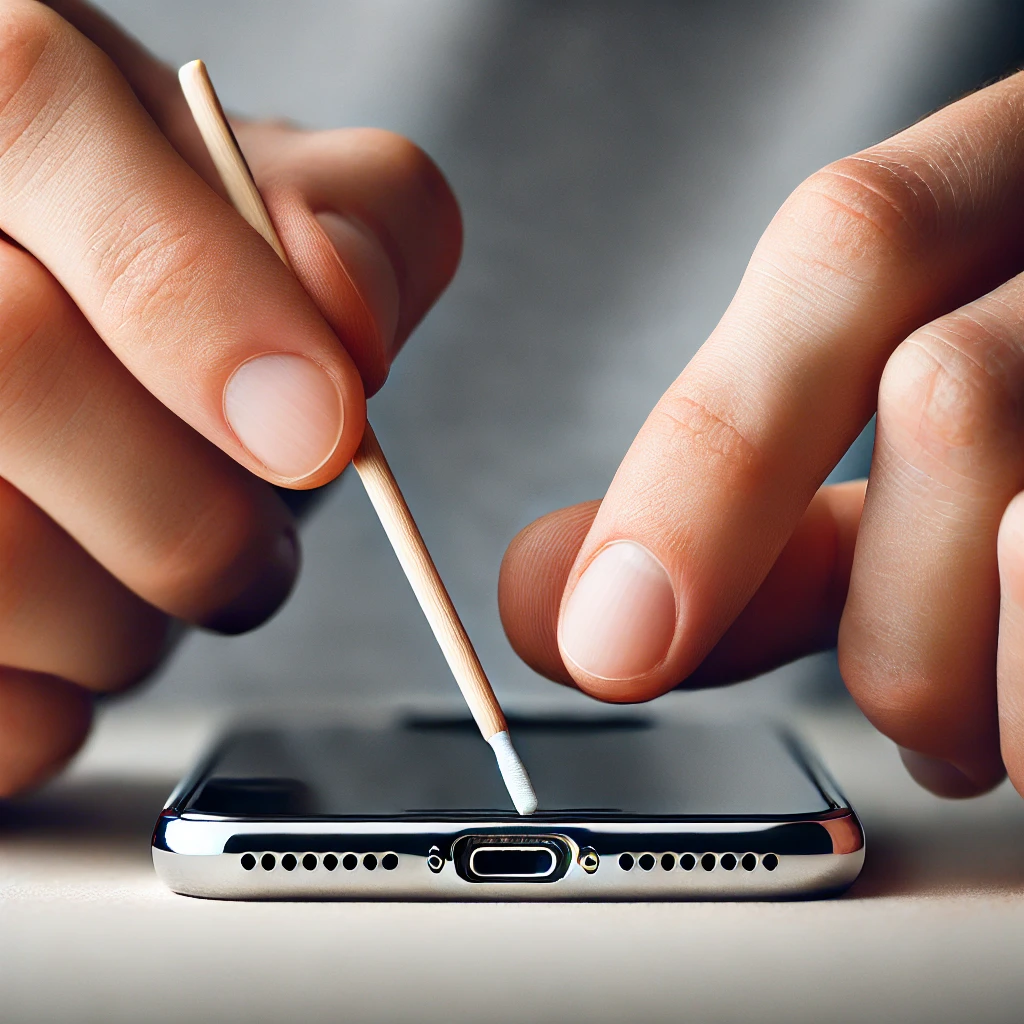
Why Should You Clean Your iPhone Charging Port?
Knowing how to clean your iPhone charging port safely is an essential skill for every iPhone owner. While it may not be something that crosses your mind often, neglecting the cleanliness of your charging port can lead to more serious issues over time. A clogged port can prevent your device from charging correctly, possibly leaving you without a functioning phone when you need it the most. If you’ve noticed that your iPhone is charging slower than usual, or if the charging cable frequently slips out or doesn’t connect at all, there’s a strong chance that dirt and debris have built up inside the port. Fortunately, cleaning your iPhone charging port is an easy process that can be done without specialized tools. By following the simple steps outlined in this guide, you can restore your port to its optimal condition and avoid unnecessary repair costs.
What You Need to Safely Clean Your iPhone Charging Port
Before you start cleaning, it’s important to gather the necessary tools. Don’t worry, you don’t need any specialized equipment. Here’s what you’ll need:
- Wooden or Plastic Toothpick: A soft, non-metallic toothpick is ideal for gently scraping debris without damaging the internal components.
- Compressed Air: Compressed air can be used to blow out any dust or particles from the charging port.
- Isopropyl Alcohol (90% or Higher): Isopropyl alcohol is great for removing stubborn grime or sticky residue from the port. Make sure to use it sparingly.
- Cotton Swabs: A cotton swab can help clean the edges of the charging port with precision.
Things to Avoid:
- Metal Tools: Never use metal tools as they can cause damage to the internal components of your iPhone.
- Excessive Moisture: Moisture can seep into your iPhone and damage the internal circuitry, so use liquids sparingly.
Step 1: Power Off Your iPhone for Safety
Before you begin cleaning, ensure that your iPhone is powered off. This is an essential step to avoid electrical mishaps while cleaning the port. Additionally, turning off your device ensures it isn’t charging, which could lead to short-circuiting or electrical damage during the cleaning process.
To power off your iPhone, press and hold the power button until the “Slide to Power Off” slider appears on the screen. Slide it to turn off your device.
Step 2: Inspect the Charging Port
Once your iPhone is powered off, it’s time to examine the charging port. Use a flashlight to get a clear view of the inside of the port. This will help you identify any visible debris such as dust, lint, or grime.
Tips:
- If you notice significant buildup, it’s a clear sign that cleaning is necessary.
- If the port appears clear but you’re still facing charging issues, you might want to check for internal damage, in which case a professional inspection is recommended.
Step 3: Gently Remove Debris Using a Toothpick
A wooden or plastic toothpick is the most effective tool to remove debris from your iPhone’s charging port. The soft material ensures that you won’t damage the internal components, unlike a metal object.
- Insert the toothpick gently into the port and carefully scrape the sides of the port to dislodge any dirt or lint.
- Be careful not to apply too much pressure, as this can damage the delicate components inside the port.
Additional Tip: If you notice lint or debris that’s stuck deep inside, try rotating the toothpick gently to loosen the particles without causing damage.
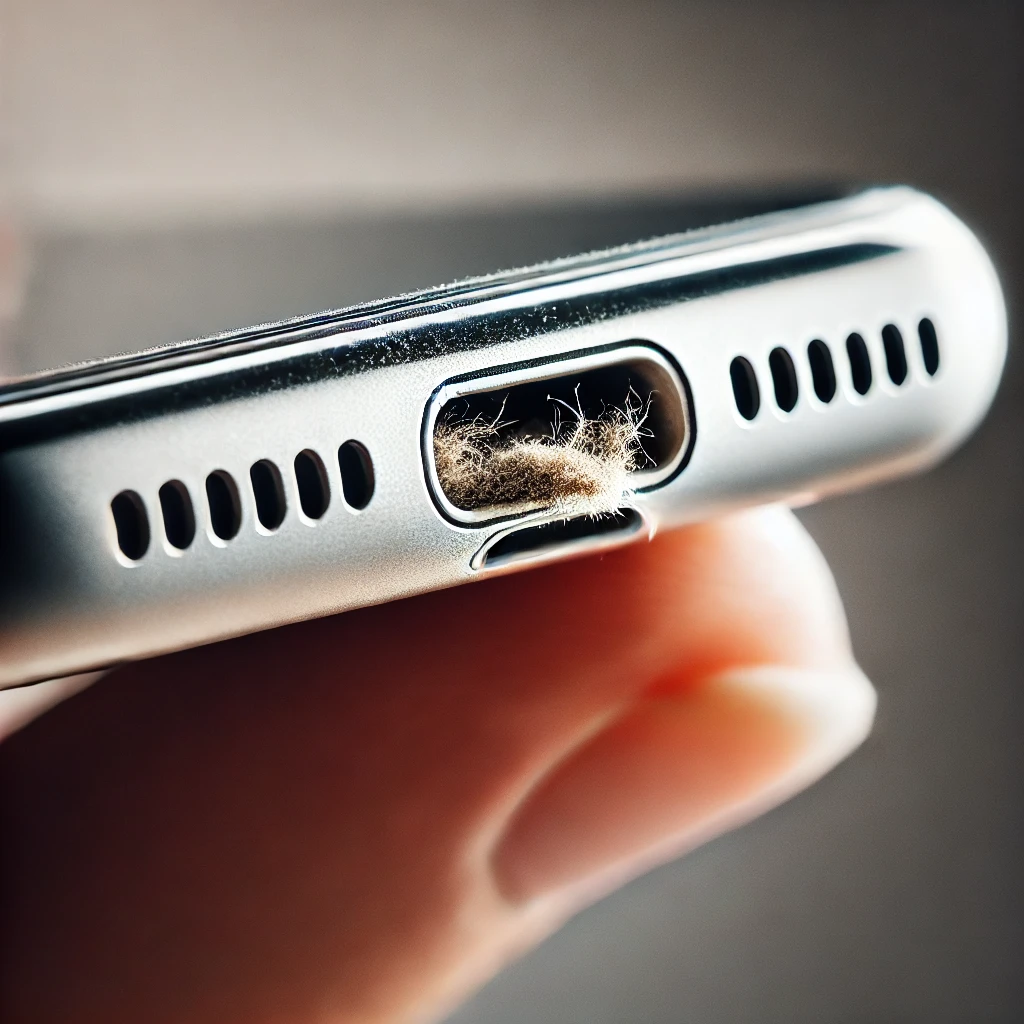
Step 4: Use Compressed Air to Blow Out Dust
Once the bulk of the debris has been removed, it’s time to use compressed air to clear out any remaining dust. Hold the can about 6–8 inches away from the charging port and give it a brief burst of air.
Important Notes:
- Avoid holding the can too close, as this can force debris deeper into the port.
- Never tilt the can, as this could release moisture into the port, causing potential damage.
Compressed air is an effective way to remove dust without touching any delicate parts of the device.
Step 5: Clean with Isopropyl Alcohol for Stubborn Grime
If you find any sticky residue or grime that hasn’t been cleared by the toothpick or air, you can use isopropyl alcohol (90% or higher). This helps break down oils and grime, ensuring a clean connection.
How to Use Isopropyl Alcohol Safely:
- Dampen a cotton swab lightly with alcohol—don’t soak it.
- Gently wipe the inside of the charging port, focusing on the edges where grime tends to build up.
- Be cautious with the amount of liquid you use to avoid moisture buildup inside the port.
Step 6: Allow the Port to Dry
After cleaning, it’s important to let the port air dry for a few minutes. Although isopropyl alcohol evaporates quickly, it’s always a good idea to give it some time to ensure there is no excess moisture remaining in the port.
Step 7: Test the Charging Port
Once your iPhone’s charging port has dried, it’s time to test it. Plug in your charging cable and see if your phone charges as expected.
- If your iPhone charges correctly, congratulations! You’ve successfully cleaned your charging port.
- If the issue persists, it may be worth considering further troubleshooting or seeking professional help to inspect for internal damage.
Common Mistakes to Avoid When Cleaning Your iPhone Charging Port
While cleaning your iPhone charging port is a simple process, it’s easy to make a few mistakes. Avoid these common errors to ensure that your iPhone stays safe:
- Using Metal Tools: Metal tools can scratch or damage the internal components of your iPhone. Always use non-metallic tools like plastic or wood.
- Over-Wetting: Excess moisture can seep into your iPhone and damage its internal circuitry. Use alcohol and other liquids sparingly.
- Being Too Aggressive: Cleaning should be a gentle process. Aggressive scraping or poking can damage the charging port or internal components.
When to Seek Professional Help for Your iPhone Charging Port
If cleaning your iPhone’s charging port doesn’t resolve the charging issues, or if you notice any visible signs of damage, it’s time to consult a professional. A technician can help diagnose any internal damage and determine whether repairs or part replacements are necessary.
Conclusion: Maintain Your iPhone Charging Port for Optimal Performance
Regular cleaning of your iPhone charging port is crucial for ensuring that your device continues to function properly. By following the steps outlined in this guide, you can prevent charging issues, prolong the life of your iPhone, and ensure it stays in excellent condition for years to come.
5 Frequently Asked Questions About Cleaning Your iPhone Charging Port
Can using the wrong tools damage my iPhone? Yes, using metal tools or excessive force can damage the charging port or other internal components. Always use plastic or wooden tools and clean gently.
Can I use a cotton swab to clean my iPhone charging port? Yes, a cotton swab is perfect for cleaning the edges of the charging port. Just be careful not to push debris further into the port.
How often should I clean my iPhone charging port? Cleaning your charging port every couple of months is a good practice. If you notice any issues with charging, it’s a sign that cleaning might be necessary.
What should I do if my iPhone still isn’t charging after cleaning the port? If cleaning the charging port doesn’t resolve the issue, it could be a sign of internal damage. It’s best to take your device to a professional technician for further inspection.
Is it safe to use compressed air to clean the port? Yes, compressed air is safe for cleaning the charging port. Just make sure to hold the can at the correct distance (6–8 inches) and avoid tilting it.

